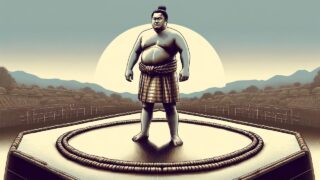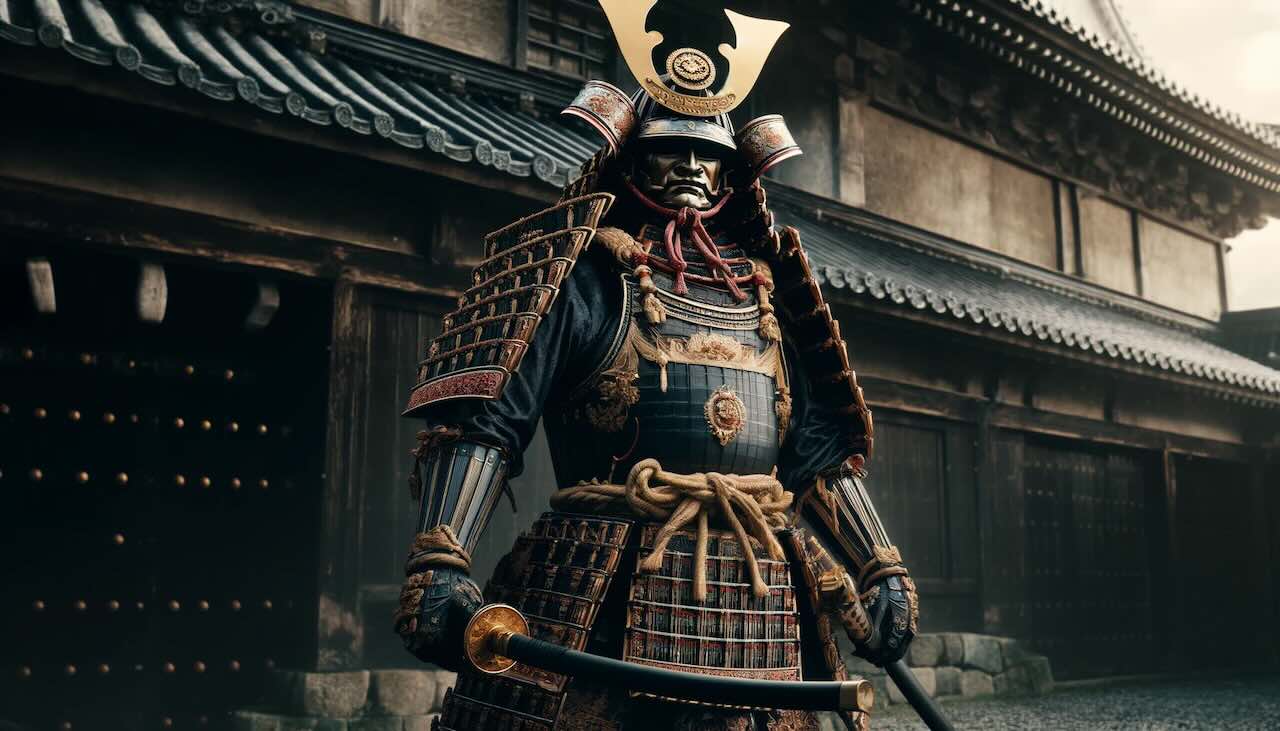Introduction
In Japanese history, the shogun was the supreme military leader who wielded significant influence over politics, economy, and culture. From the Kamakura period to the Edo period, spanning approximately 700 years, there were a total of 38 shoguns across three shogunates. This article explores the notable shoguns of each period and their accomplishments.
Shoguns of the Kamakura Period (1192-1333)
Minamoto no Yoritomo (r. 1192-1199)
Minamoto no Yoritomo established the Kamakura shogunate and became its first shogun. He controlled the warriors throughout the country and established the lord-vassal relationship based on loyalty and service.
Minamoto no Yoriie (r. 1202-1203)
Minamoto no Yoriie was the second shogun, but his reign was short-lived. He lost political power in 1203 and was assassinated in 1204.
Minamoto no Sanetomo (r. 1203-1219)
Minamoto no Sanetomo, the third shogun, contributed to the development of waka poetry and military tales. He served as shogun until his assassination in 1219.
Shoguns of the Muromachi Period (1338-1573)
Ashikaga Takauji (r. 1338-1358)
Ashikaga Takauji established the Muromachi shogunate and became its first shogun. He quelled the turmoil of the Nanboku-chō period and restored the military government.
Ashikaga Yoshimitsu (r. 1368-1394)
Ashikaga Yoshimitsu, the third shogun, achieved the unification of the Northern and Southern Courts. He promoted trade with Ming China and laid the foundation for Muromachi culture.
Ashikaga Yoshimasa (r. 1449-1473)
Ashikaga Yoshimasa, the eighth shogun, presided over the flourishing of Higashiyama culture and the construction of the Kinkaku-ji temple. However, the shogunate’s authority declined due to the Ōnin War.
Shoguns of the Edo Period (1603-1867)
Tokugawa Ieyasu (r. 1603-1605)
Tokugawa Ieyasu established the Edo shogunate and became its first shogun. He emerged victorious in the Battle of Sekigahara, achieving national unification.
Tokugawa Hidetada (r. 1605-1623)
Tokugawa Hidetada, the second shogun, enacted the Buke Shohatto (Laws for the Military Houses) and strengthened control over the daimyo. He issued the edict banning Christianity and promoted the isolationist policy.
Tokugawa Iemitsu (r. 1623-1651)
Tokugawa Iemitsu, the third shogun, established the sankin-kōtai system and completed the bakuhan system. He suppressed the Shimabara Rebellion and completely banned Christianity.
Tokugawa Yoshimune (r. 1716-1745)
Tokugawa Yoshimune, the eighth shogun, implemented the Kyōhō Reforms to restore the shogunate’s finances and promote education.
Conclusion
The shoguns of Japan, spanning the Kamakura, Muromachi, and Edo periods, contributed to the development of the country in various fields such as politics, economy, and culture. Understanding the history of the shoguns is essential to comprehending Japanese history as a whole.





















